Since Egyptian, Roman, and Masonic obelisks have been mentioned here several times, and even was the recent final focus of the Queen Beatrix assassination attempt at De Naald, here's a closer look at the obelisk in Angels & Demons.
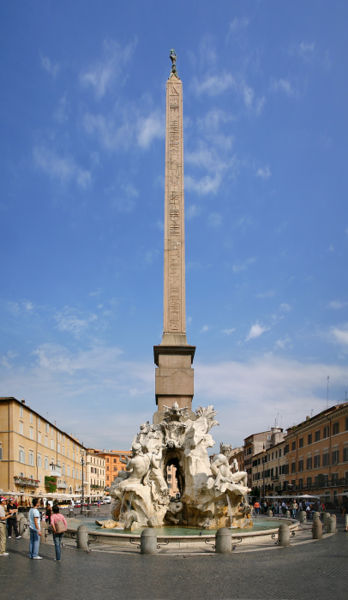
According to the book Angels & Demons (2000), a fictionalized story is shared about the Altars of Science in Rome, consisting of four locations, each representing the four elements—earth, air, fire and water, which are believed to be the "Path of Illumination," a trail to the meeting place of the Illuminati in Rome. The "altars" were hidden as religious artwork in order to avoid the wrath of the Vatican and secure the secrecy of the Illuminati. The artworks that make up the Four Altars were all sculpted by Gian Lorenzo Bernini.
The book lists the artworks as:
Earth — Habakkuk and the Angel in Chigi Chapel of Santa Maria del Popolo
Air — West Ponente at Saint Peter's Square
Fire — The Ecstasy of St Teresa sculpture at the church of Santa Maria della Vittoria
Water — The famous Fountain of Four Rivers at Piazza Navona
Gian Lorenzo Bernini erected the fountain atopped by the Egyptian obelisk and a dove, a symbol of Pamphilij, in 1651. Situated in the middle of Piazza Navona, viewed from the south, the statue of the Danube is on the left and the statue of the Ganges is on the right. Photo (at top): November 1, 2005.
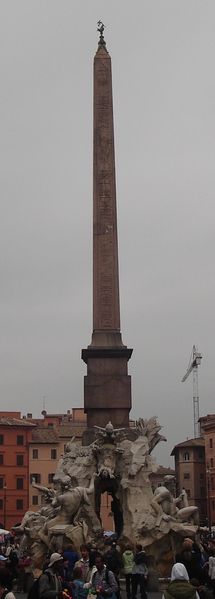
The "Fontana dei Quattro Fiumi" (Fountain of the four rivers) by Bernini in Piazza Navona in Rome, Italy, topped by the "obelisk of Domitian." Photo: Stefan Bauer March 9, 2005.
This fountain means to depict allegories for the four great rivers in the four continents recognized by the Renaissance geographers: the Nile in Africa, Ganges in Asia, Danube in Europe, and Río de la Plata in America.
Each has animals and plants that further carry forth the identification, and each carries a certain number of allegories and metaphors with it. The Ganges carries a long oar, representing the river's navigability. The Nile's head is draped with a loose piece of cloth, meaning that no one at that time knew exactly where the Nile's source was. The Danube touches the Papal coat of arms, since it is the large river closest to Rome. And the Río de la Plata is sitting on a pile of coins, a symbol of the riches America could offer to Europe (the word plata means silver in Spanish). Also, the Río de la Plata looks scared by a snake, showing rich men's fear that their money could be stolen.
Each is a river god, semi-prostrate, in awe of the central tower, epitomized by the slender Egyptian obelisk (built for the Roman Serapeum in AD 81), symbolizing by Papal power surmounted by the Pamphilj symbol (dove). A Serapeum is a temple or other religious institution dedicated to the syncretic Hellenistic-Egyptian god Serapis, who combined aspects of Osiris and Apis in a humanized form that was palatable to the Ptolemaic Greeks of Alexandria.
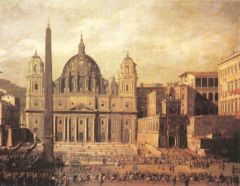
The Vaticano is located in Rome, in Saint Peter's Basilica. An ancient Egyptian obelisk, it's first known Roman move was when it originally was raised in the Forum Iulium in Alexandria by the Prefect Cornelius Gallus on Octavian's orders around 30-28 BC.
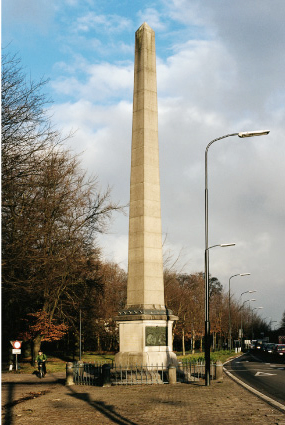
De Naald (in English The Needle), is the obelisk monument in the Dutch city of Apeldoorn that became the final resting place for the April 30th assassin Karst Tates' automobile.
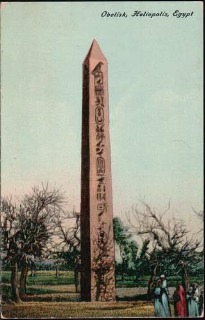
Obelisk, Heliopolis, Egypt
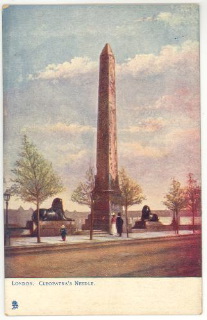
Cleopatra's Needle, London, United Kingdom
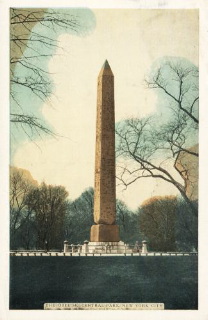
Cleopatra's Needle, New York, New York
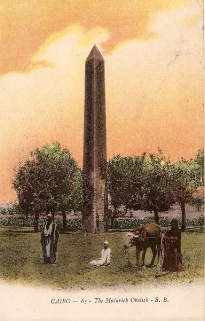
Obelisk, Cairo, Egypt
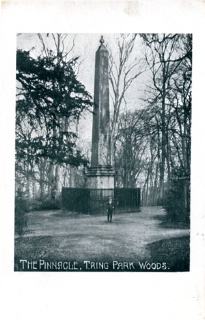
Tring Park Pinnacle, Rothschilds' Vale of Aylesbury, United Kingdom
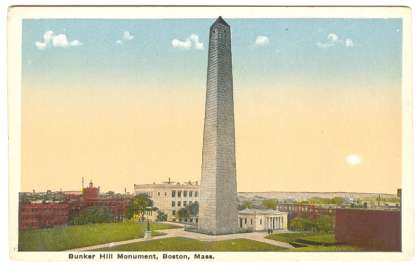
Bunker Hill Monument, Charlestown, Massachusetts
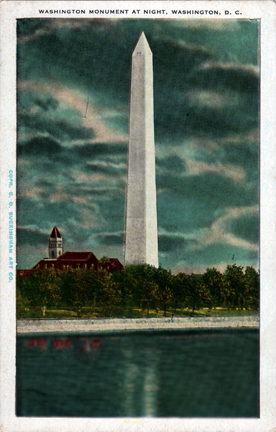
Washington Monument, Washington, D.C.
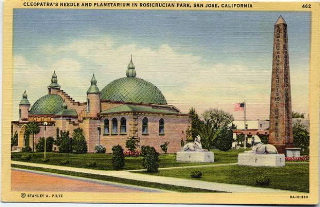
Cleopatra's Needle, Rosicrucian Park, San Jose, California
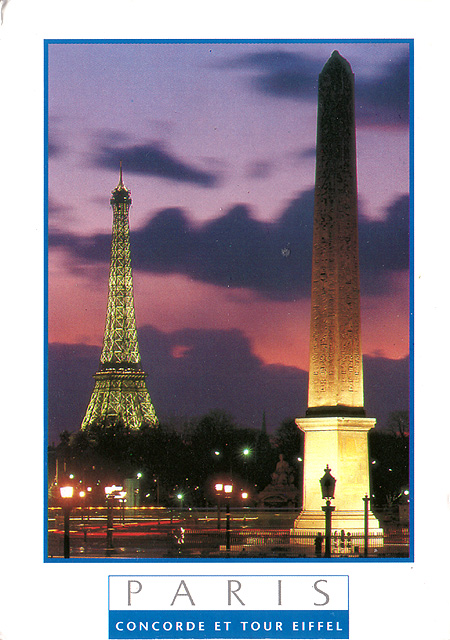
La Tour Eiffel vue depuis l'Obélisque, place de la Concorde, Paris, France
Amazing post! Of amzement to me are not only the ancient obelisk's, but the modern one's that are also being built on sacred landscapes. You may be interested in the 120ft. spiraling obelisk in Hart Plaza Detroit. If so you can find photos on my blogs article 'Stargate Dtetroit'. Thanks for the great post! http://divineportal.blogspot.com/
ReplyDeleteRon Howard completely butchered the movie remake. He changed so much it's barely recognizable.
ReplyDeleteThanks for the article, and the images!
ReplyDeleteWonderful things, those ancient obelisks.